The shimmering water erupts as eight perfectly synchronized athletes burst through the surface in perfect unison, their glittering costumes catching the light as they execute flawless movements to the rhythm of the music. This is synchronized swimming - one of the most demanding and aesthetically beautiful sports in the world, where athletes combine swimming, dance, and gymnastics into a breathtaking aquatic performance.
Often called "water ballet" by casual observers, synchronized swimming requires extraordinary athletic ability, artistic expression, and teamwork. Competitors must possess the strength of swimmers, the flexibility of gymnasts, the endurance of marathon runners, and the artistry of dancers - all while controlling their breathing and maintaining perfect synchronization with teammates underwater where judges can't see them.
The origins of synchronized swimming trace back to the early 20th century, when water ballet performances first gained popularity. What began as entertaining exhibitions at swimming pools evolved into a competitive sport that debuted at the Olympics in 1984. Today, the sport continues to evolve, pushing athletes to new heights of physical and artistic achievement.
At its core, synchronized swimming is about precision and illusion. Routines typically last 3-4 minutes, during which athletes perform elaborate movements both above and below the water's surface while maintaining perfect alignment with their teammates. The most challenging elements often occur completely underwater, where swimmers must control their buoyancy while executing complex formations without being able to see their teammates.
Training regimens for elite synchronized swimmers are notoriously grueling. Athletes spend 6-8 hours daily in the pool perfecting routines, plus additional time for strength training, flexibility work, and dance practice. The sport demands incredible lung capacity - swimmers often practice holding their breath for over a minute while performing strenuous movements. Many teams use underwater speakers so swimmers can hear the music even when submerged.
The judging criteria in synchronized swimming evaluates both technical merit and artistic impression. Technical elements include the difficulty and execution of movements, synchronization, and height out of the water. Artistic components assess choreography, musical interpretation, and overall presentation. Teams lose points for visible exhaustion, imperfect formations, or any movement that isn't perfectly synchronized.
One of the sport's most fascinating aspects is how swimmers create the illusion of effortless grace while enduring extreme physical stress. Smiles must remain fixed even as muscles burn and lungs scream for air. Hair must stay perfectly styled despite vigorous movement - competitors use unflavored gelatin to keep hairstyles intact during routines. The makeup must be dramatic enough to be visible from poolside judges but waterproof enough to survive constant immersion.
Synchronized swimming has evolved significantly in recent decades. The 1990s saw the introduction of more athletic and acrobatic elements. Today's routines incorporate throws where swimmers launch teammates high above the water's surface, and intricate hybrid strokes that allow for faster transitions between formations. The music selection has expanded from classical to include contemporary pop, movie soundtracks, and even electronic dance music.
Despite its beauty, synchronized swimming faces ongoing challenges in gaining recognition as a serious sport. Critics often focus on the glitter and makeup rather than the extraordinary athleticism required. However, those who understand the sport appreciate the combination of power and precision needed to make difficult routines appear effortless. The best teams make synchronization look easy, which ironically makes their achievement less visible to casual observers.
Olympic competition remains the pinnacle of synchronized swimming. The team event features eight swimmers performing together, while the duet competition showcases the special chemistry between two partners. Russia has dominated Olympic competition in recent decades, though other nations like China, Japan and Spain have closed the gap. The margin between gold and silver often comes down to tiny imperfections invisible to untrained eyes.
For young athletes entering the sport, synchronized swimming offers unique rewards beyond medals. The teamwork required creates deep bonds between swimmers who must rely on each other completely during performances. The combination of athletic and artistic development provides a well-rounded foundation. And the sport teaches discipline, time management, and perseverance - qualities that serve swimmers well beyond their competitive careers.
As synchronized swimming continues to evolve, new techniques and training methods push human capability in the water. Underwater video technology now helps coaches analyze formations from below the surface. Some teams use motion capture systems to perfect synchronization. The sport's governing body regularly updates rules to encourage innovation while maintaining the artistic essence that makes synchronized swimming unique.
Looking ahead, synchronized swimming faces the challenge of maintaining its Olympic status while expanding its audience. Some propose adding a mixed-gender event to follow other sports' lead in promoting gender equality. Others advocate for more transparent judging systems to help spectators understand scoring. What remains certain is that the world's best synchronized swimmers will continue pushing boundaries of what's possible in water.
For those who have never tried synchronized swimming, the difficulty becomes apparent upon first attempt. Simply treading water while keeping arms synchronized with a partner proves challenging for beginners. Adding basic leg movements while maintaining proper body alignment often feels impossible at first. This humbling experience gives new appreciation for elite athletes who make complex routines look natural.
The future of synchronized swimming may see even more athletic elements incorporated into routines. Some coaches experiment with higher throws, faster transitions, and more complex underwater patterns. As athletes become stronger and training methods more sophisticated, the sport continues redefining what's possible in water. Yet through all changes, the essence remains - the magical combination of athleticism and artistry that makes synchronized swimming unlike any other sport.
From the outside, synchronized swimming appears to be about sparkles and smiles. But beneath the surface lies one of the most physically and mentally demanding sports in the world. It's a sport where milliseconds matter, where every finger must be precisely placed, where exhaustion must never show. For those who dedicate their lives to it, synchronized swimming becomes more than a sport - it's an art form, a discipline, and a way of expressing human potential in water.
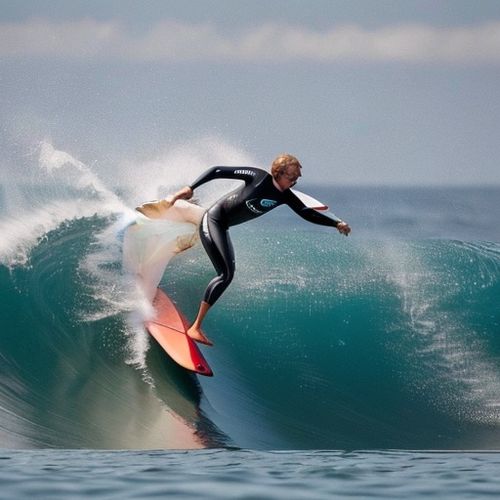
By Eric Ward/May 8, 2025
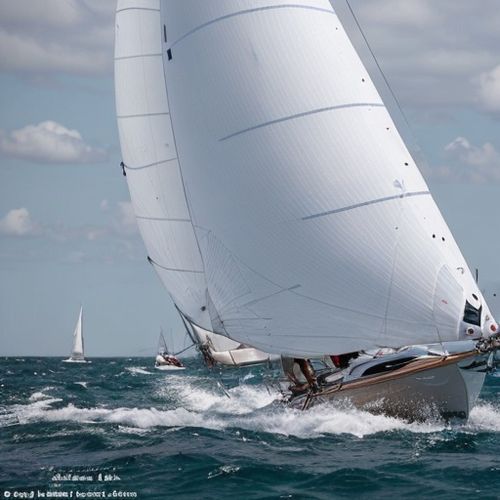
By Lily Simpson/May 8, 2025

By Jessica Lee/May 8, 2025

By Grace Cox/May 8, 2025
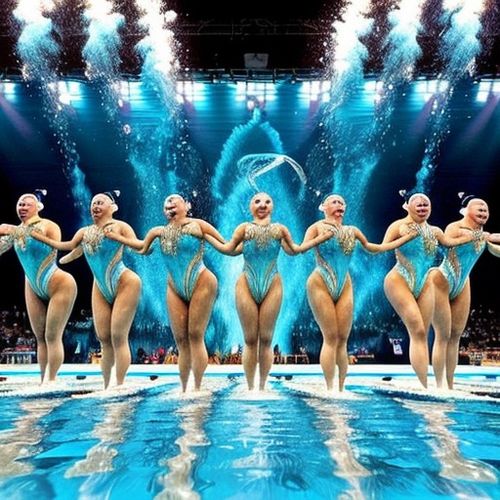
By Emily Johnson/May 8, 2025
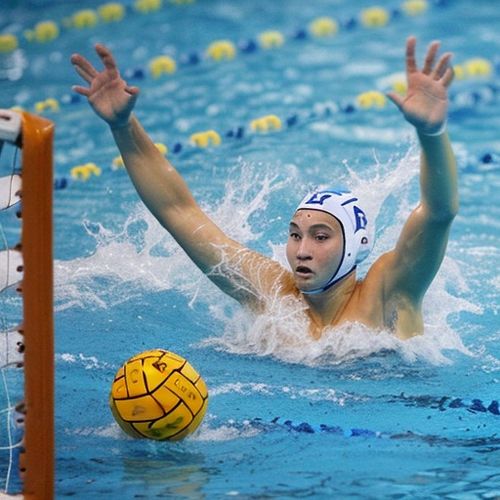
By Rebecca Stewart/May 8, 2025
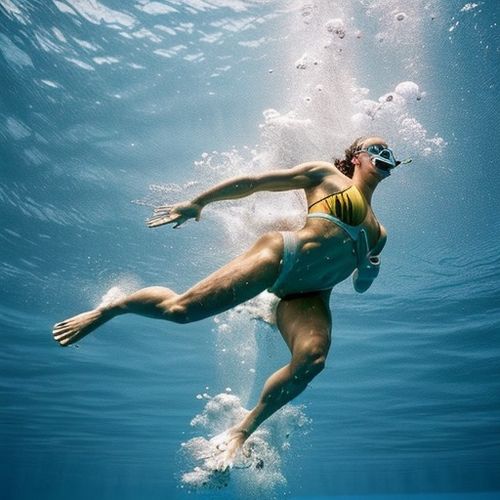
By George Bailey/May 8, 2025

By Sophia Lewis/May 8, 2025
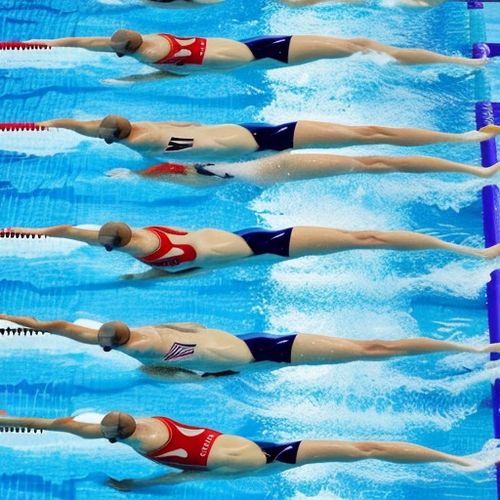
By George Bailey/May 8, 2025
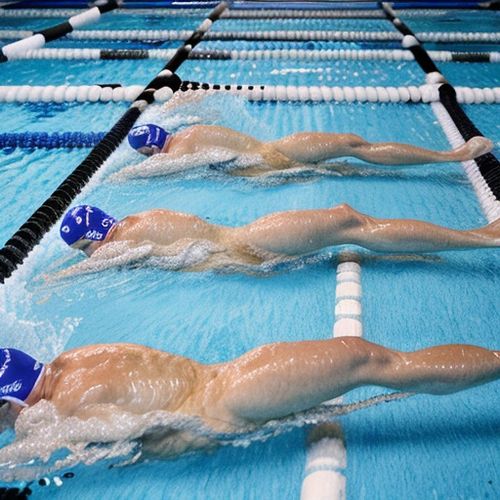
By Eric Ward/May 8, 2025
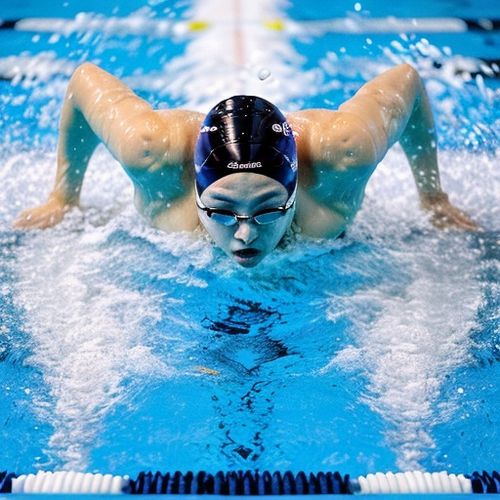
By James Moore/May 8, 2025
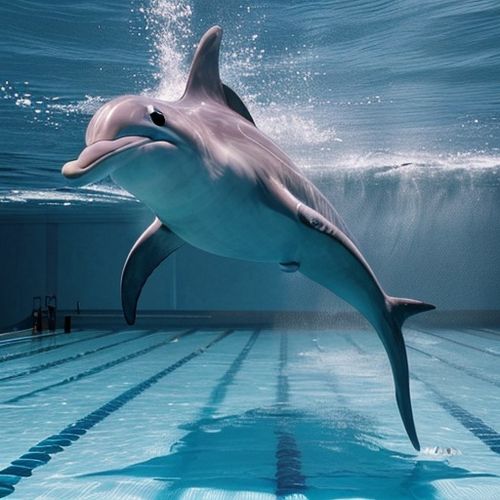
By Thomas Roberts/May 8, 2025
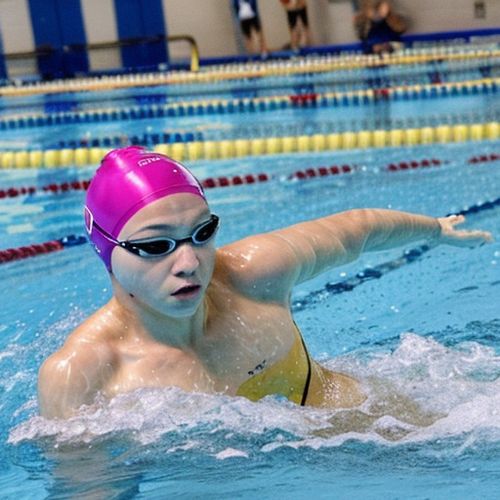
By Victoria Gonzalez/May 8, 2025

By Samuel Cooper/May 8, 2025

By David Anderson/May 8, 2025

By Joshua Howard/May 8, 2025

By Michael Brown/May 8, 2025

By Elizabeth Taylor/May 8, 2025

By Benjamin Evans/May 8, 2025

By Noah Bell/May 8, 2025